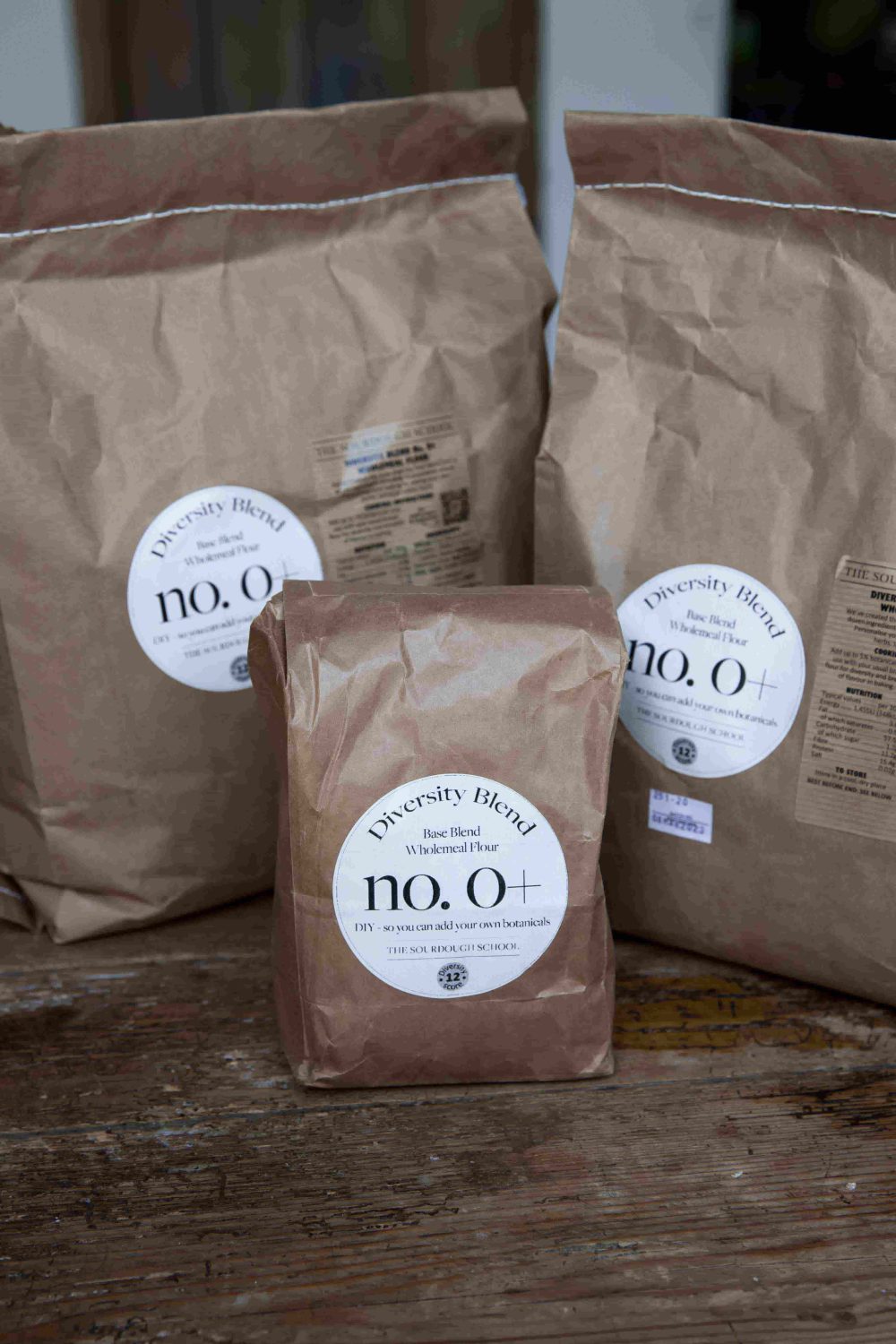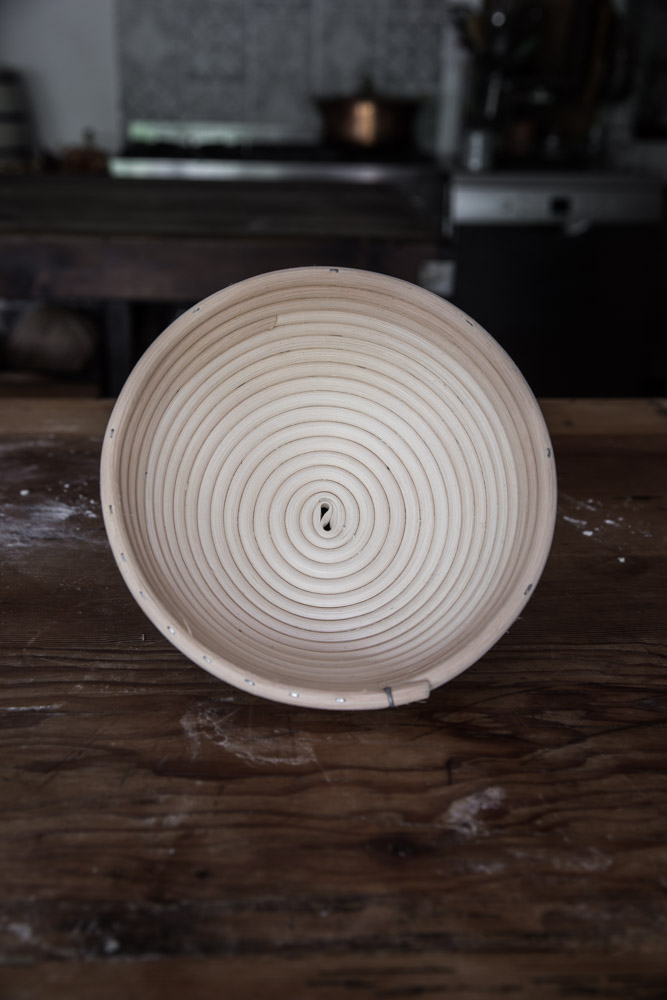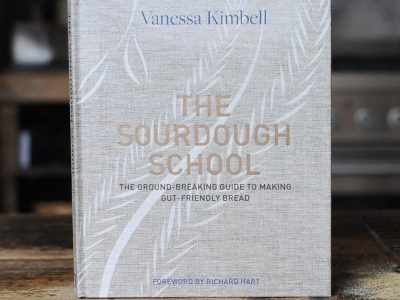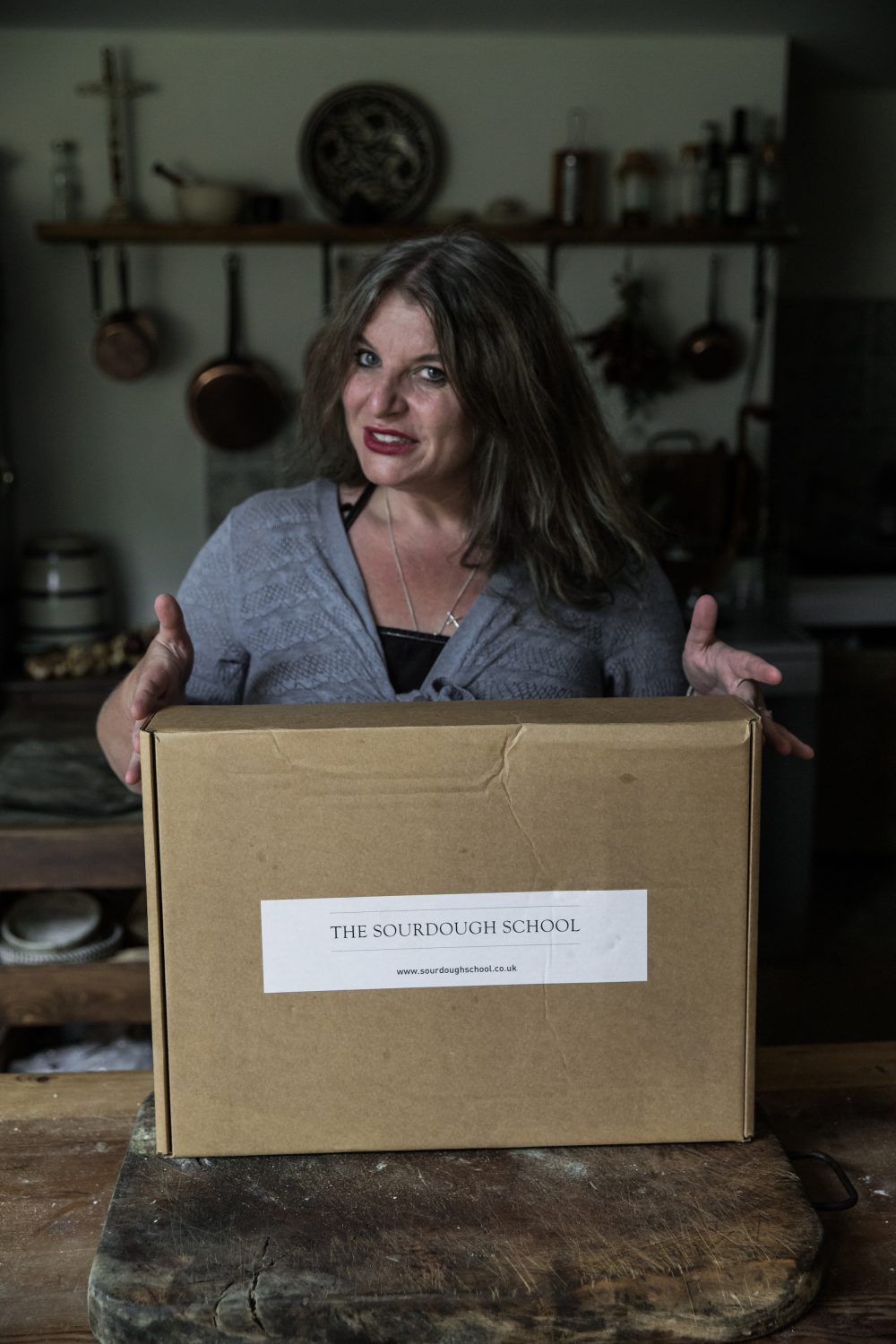Baker’s percentage, also known as baker’s math, is a way to express ingredient ratios in bread recipes. Unlike standard percentages, this method always sets the flour at 100%, and all other ingredients are calculated as a percentage of that amount.
For example, if a recipe calls for 1000g of flour and 700g of water, the hydration level is 70%.
This system makes it easier to scale recipes up or down and to compare formulas across different bakes. It also helps bakers adjust dough characteristics more precisely, such as softness, strength, or fermentation time.
Why It Matters in Sourdough Baking
Using baker’s math is essential for consistency and control in sourdough baking. Because natural fermentation is sensitive to changes in temperature, time, and ingredients, being accurate with your ratios ensures better results.
Understanding your dough’s hydration level, salt percentage, and starter ratio helps you predict texture, flavour, and fermentation behaviour.
This approach is especially important when using high-hydration doughs, which can behave very differently from lower-hydration ones. It also supports more effective recipe development when working with complex blends like the Botanical Blend flours.
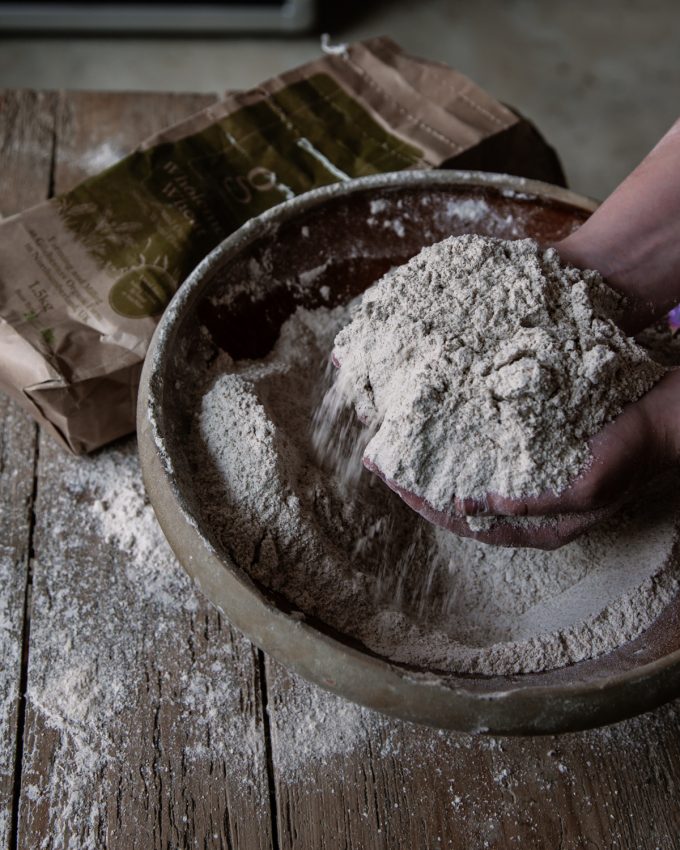
Practical Applications in the Bakery and at Home
Baker’s percentage allows you to:
- Adjust hydration to suit flour type or environment
- Compare recipes and understand their structure
- Develop your own formulas with precision
- Scale batches without reworking the entire recipe
At The Sourdough School, students learn to work with baker’s math as part of our core method. Whether you’re following one of our 3-day BALM workshops or using a bread-making kit, understanding ratios gives you more control and confidence.
This method is also helpful when managing dietary goals or adapting recipes to improve gut health, which we teach across our courses, subscriptions, and in Vanessa’s books.
 Azodicarbonamide in Bread: What You Need to Know About This Controversial Additive
Azodicarbonamide in Bread: What You Need to Know About This Controversial Additive
